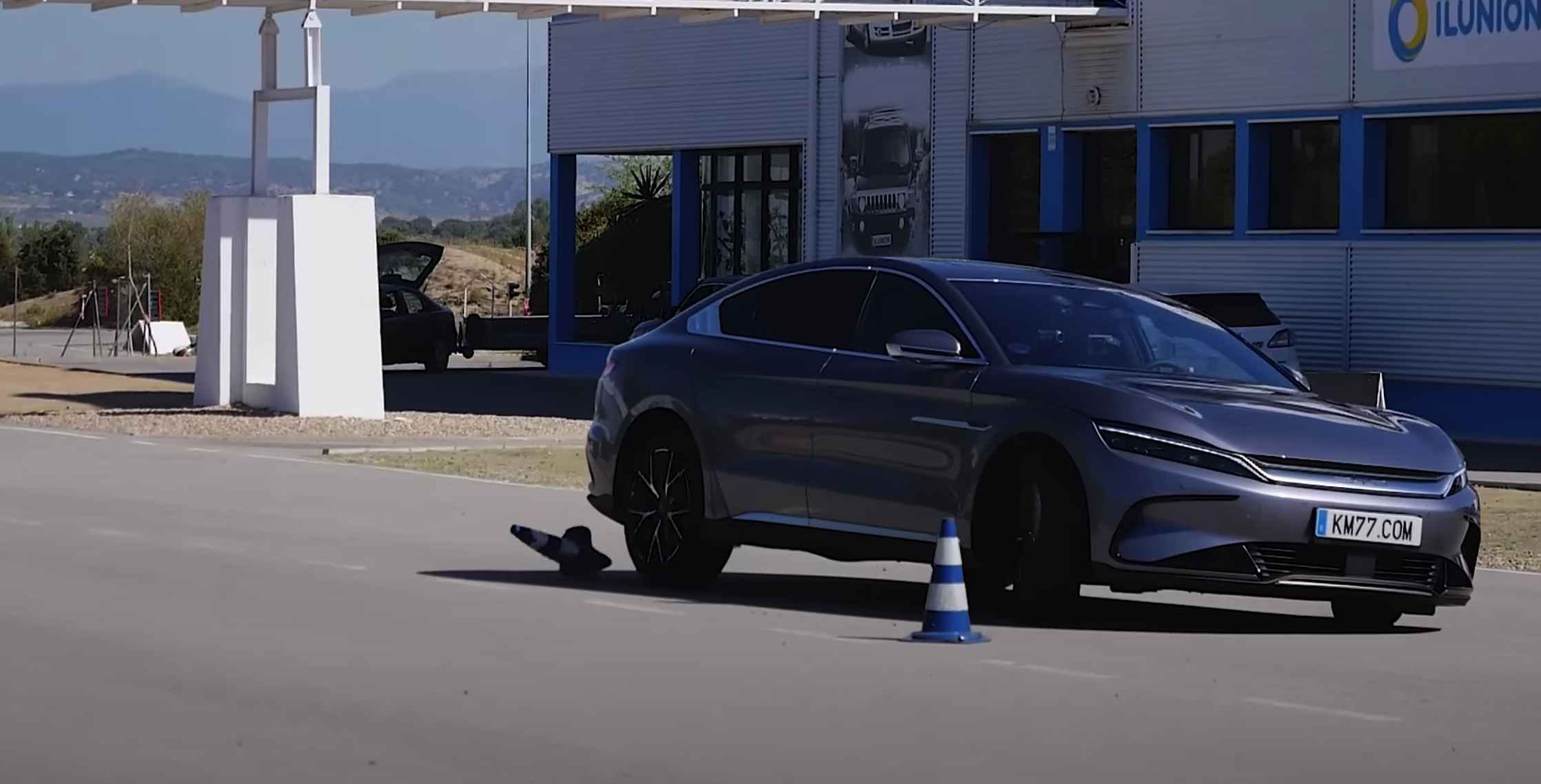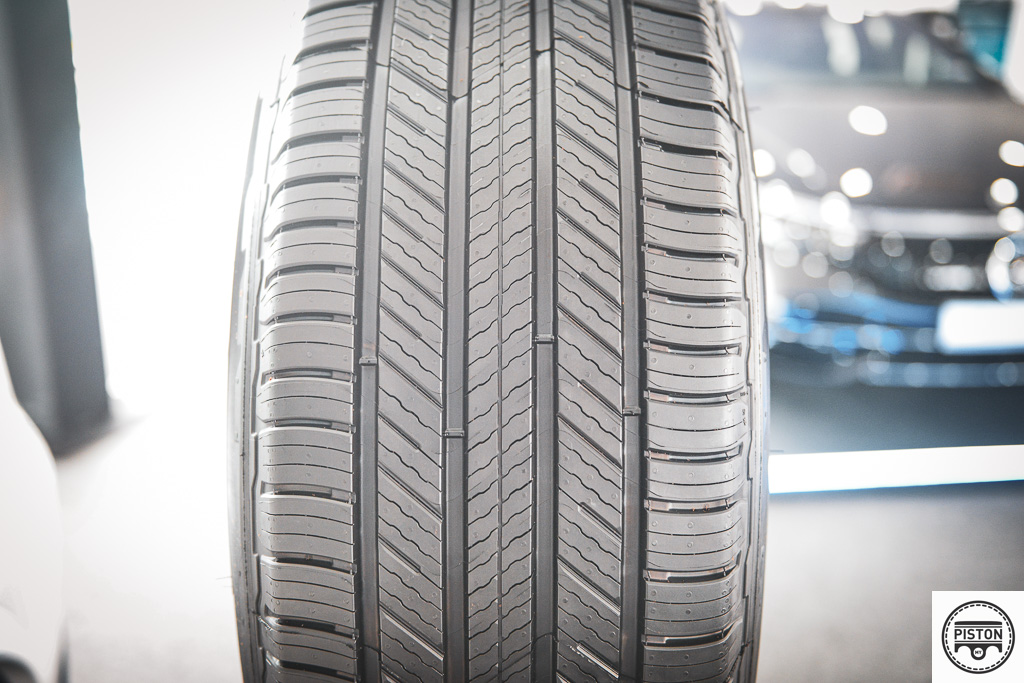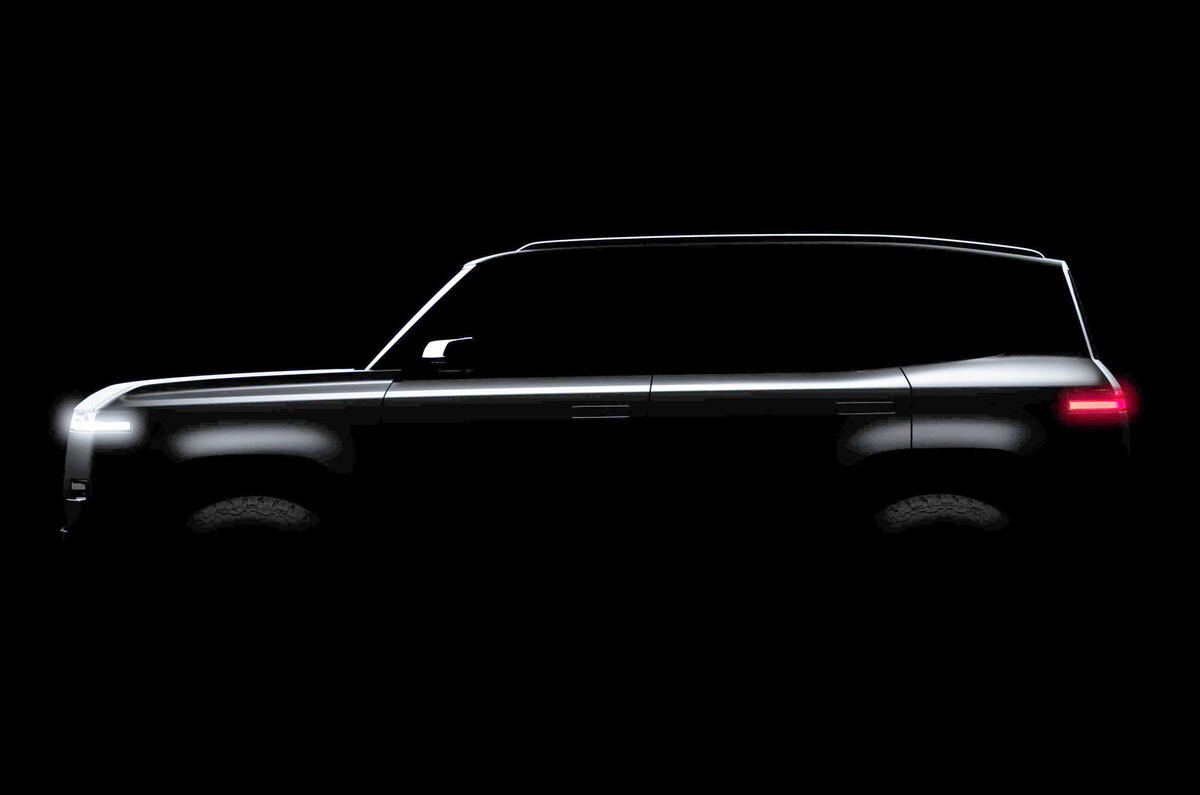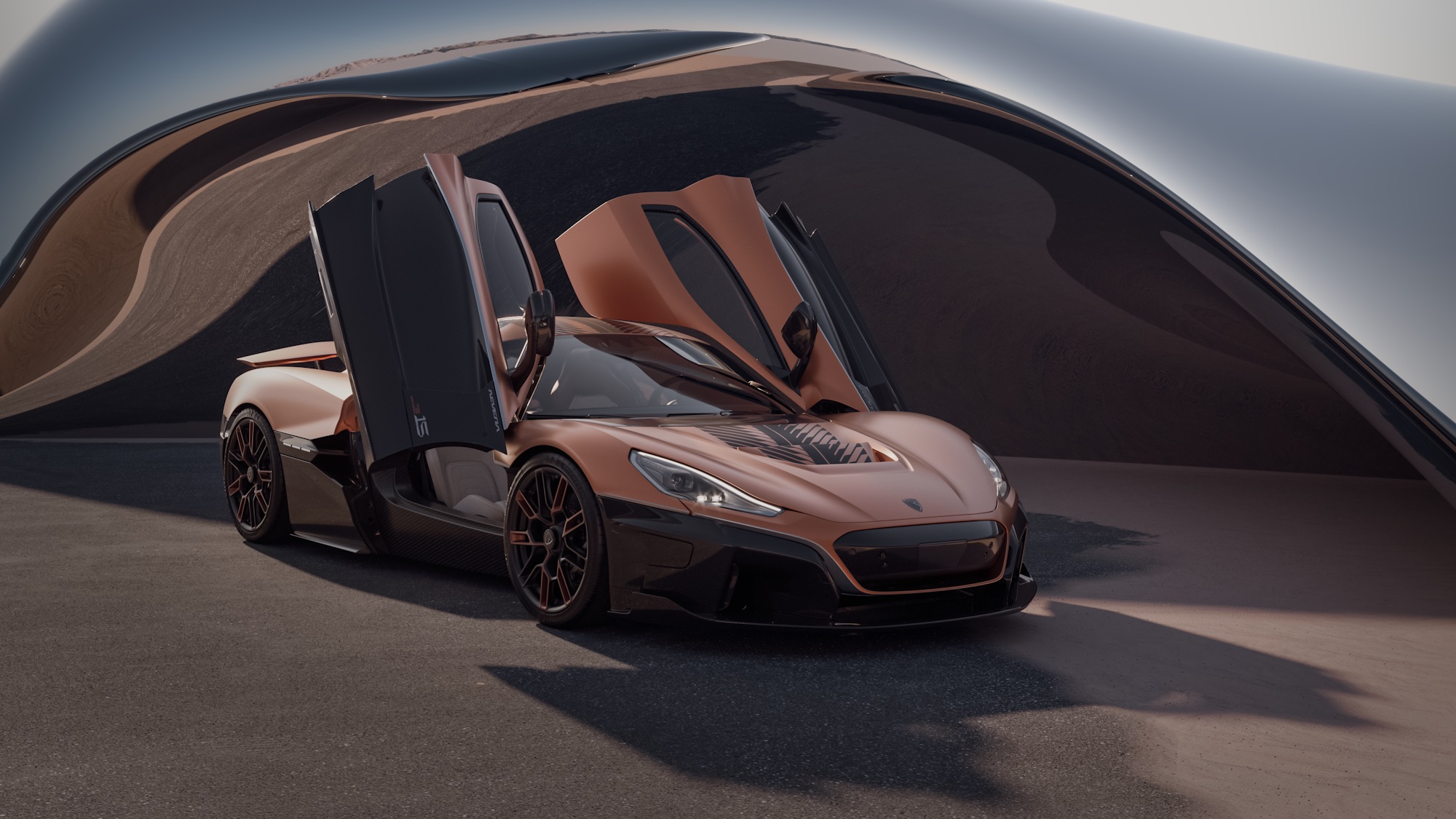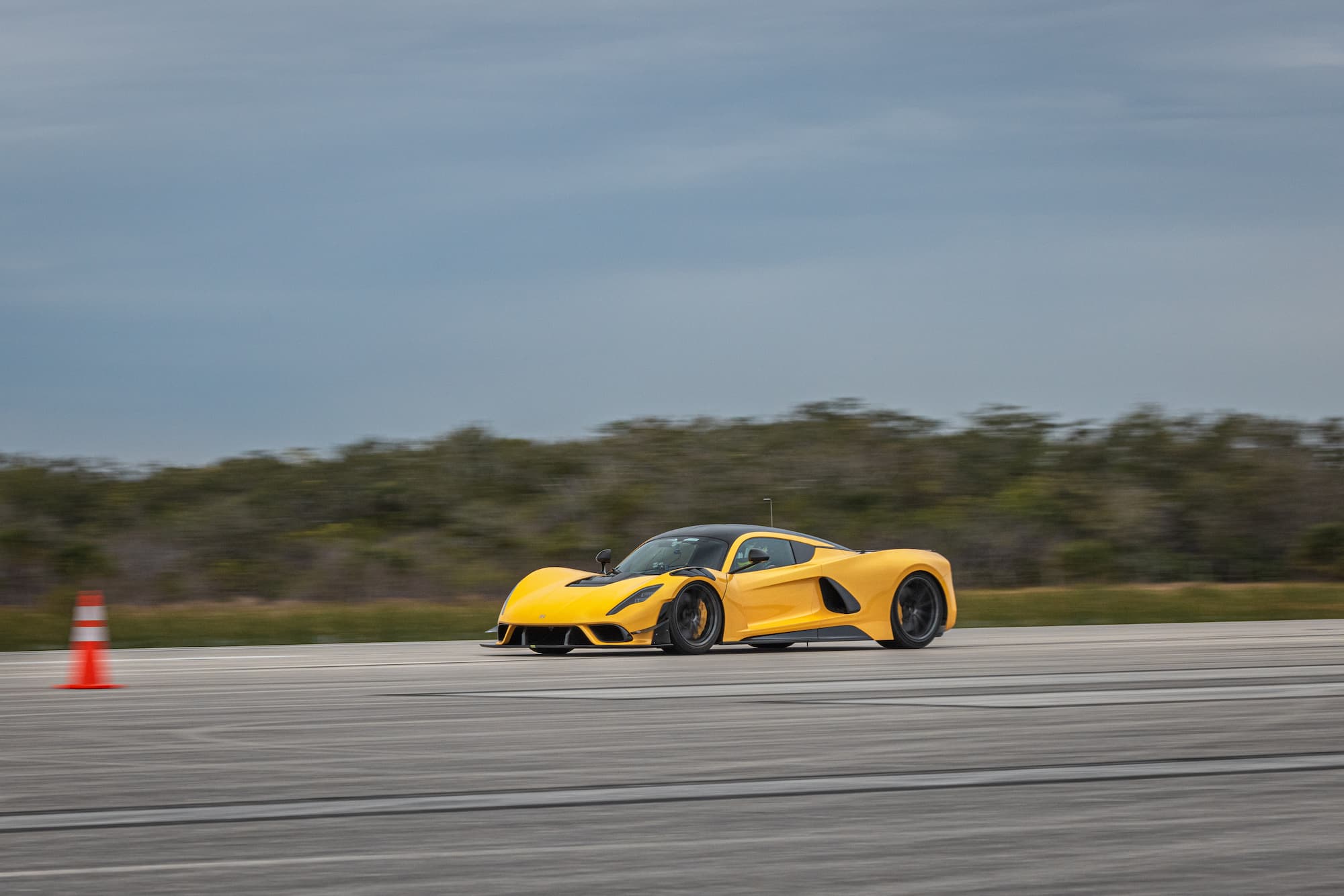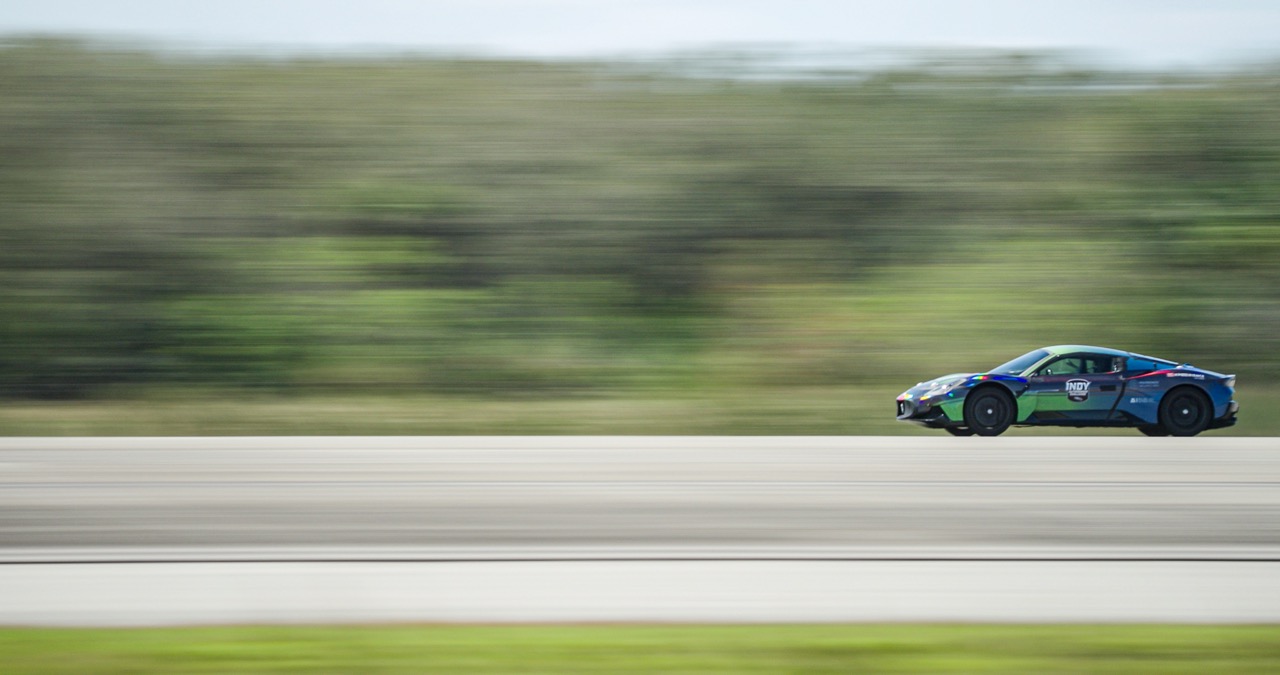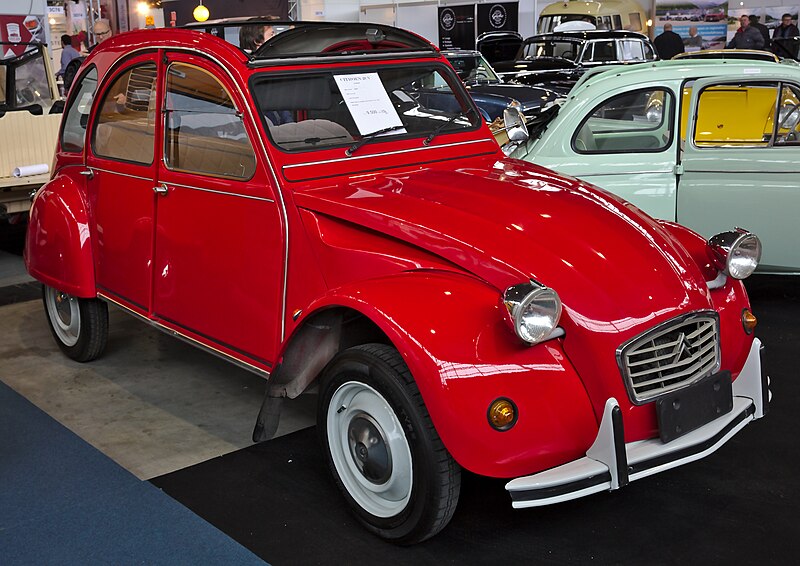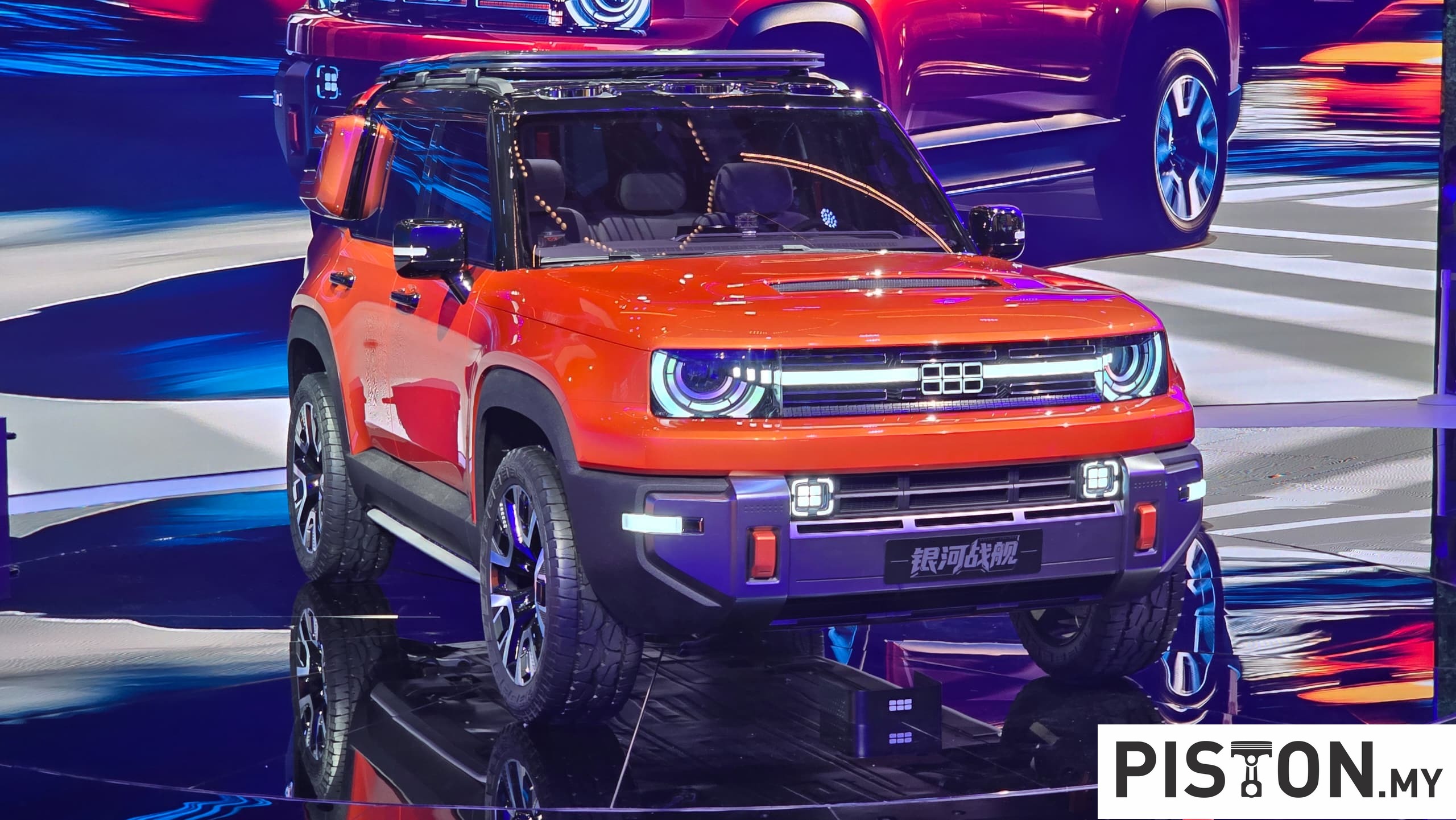While BYD is already a dominant force in the electric vehicle market in China, its expansion into Western markets, particularly Europe, positions it in direct competition with established giants like Mercedes, BMW, and Volkswagen.
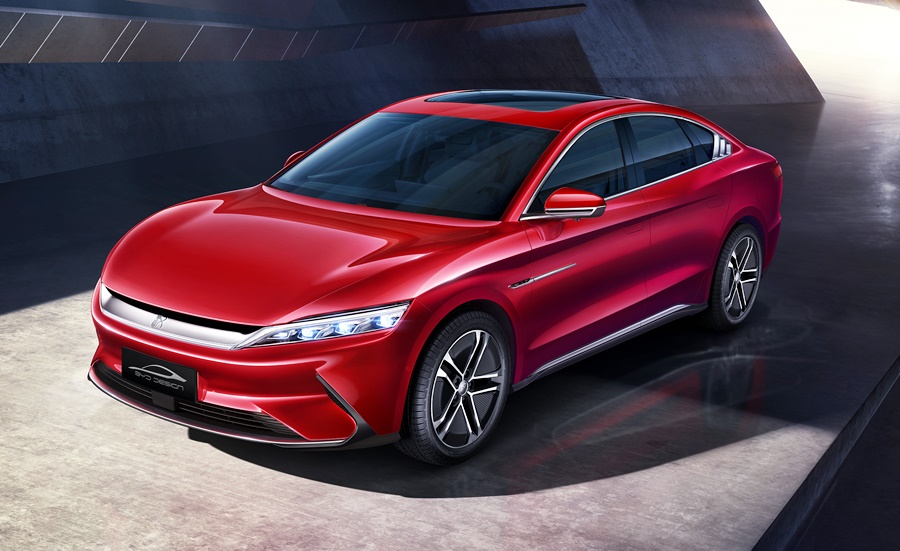
The BYD Han, in particular, stands as a significant model in this expansion, directly competing with renowned vehicles like the Mercedes-Benz EQE sedan and the BMW i5. The Han boasts an impressive set of features on paper, offering all-wheel drive, an extensive electric range of 521km on the WLTP cycle, and a competitive pricing strategy that positions it favorably against its rivals. This move by BYD signifies a strategic push to establish a strong presence and gain a significant market share in Europe’s rapidly evolving automotive landscape.
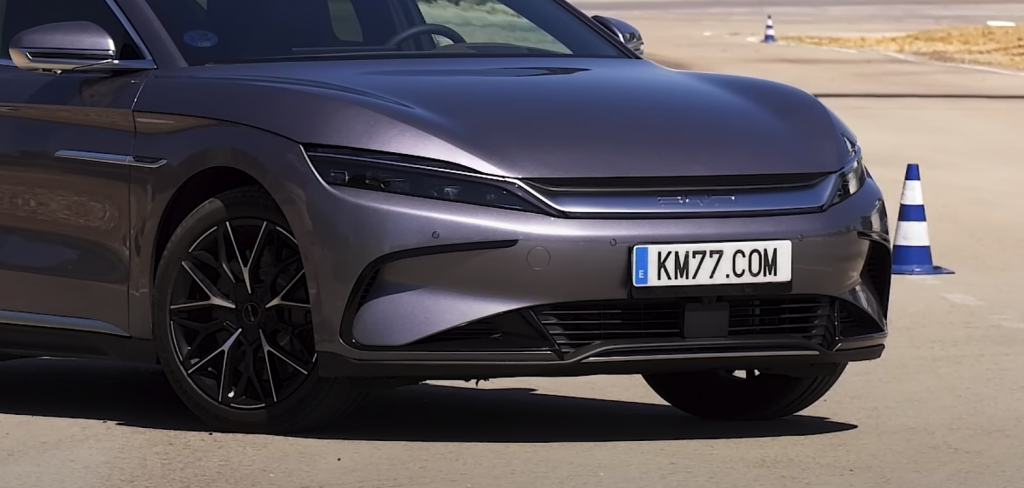
One of the standout features of the BYD Han AWD is its remarkable speed. Accelerating from 0 to 100km/h in just 3.9 seconds, it outpaces its competitors significantly in terms of acceleration. To put this into context, the BMW i5 eDrive40 takes 6 seconds to achieve the same speed, while the Mercedes-Benz EQE 300 lags behind with a comparatively slower 7.3 seconds.
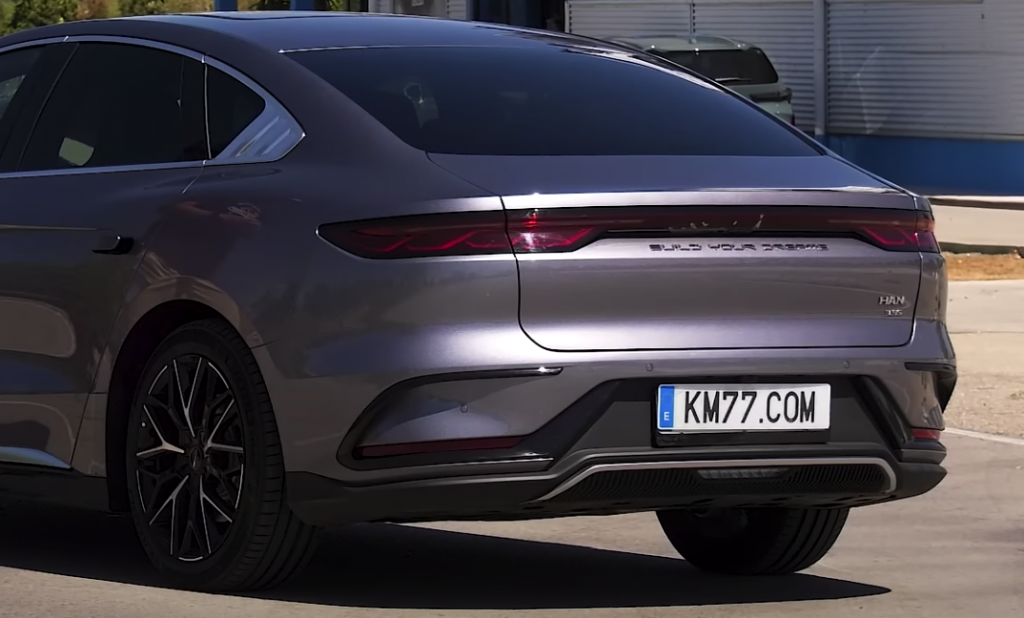
However, it’s not always about speed. Your car can do 0-200km/h in seven seconds for all we care, but how about the handling? Can it get us out of risky or dangerous situations when needed?
It appears that the BYD Han’s impressive speed might not be the whole story. According to findings from km77.com, a platform known for its comprehensive range of agility tests, the Han undergoes various evaluations that may shed light on its overall performance and capabilities. These tests provide a more in-depth understanding of how the Han handles and maneuvers, potentially uncovering aspects where the vehicle’s proposition might face challenges or fall short of expectations. Further analysis of these agility tests can provide a well-rounded view of the BYD Han’s capabilities beyond its acceleration prowess.
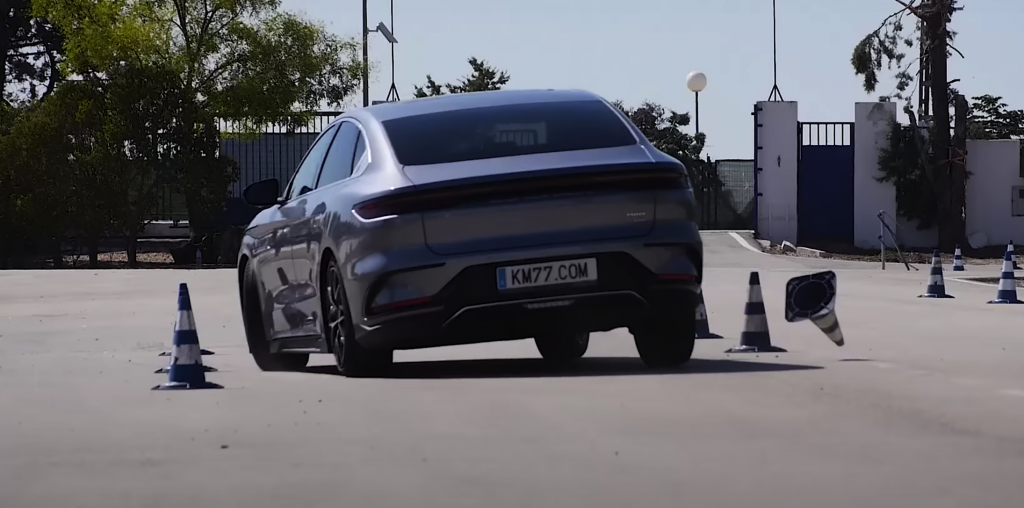
During the slalom test, it becomes evident that the tester encounters difficulty in managing the throttle responsiveness of the BYD Han. The car tends to accelerate aggressively, making it challenging to maintain a consistent pace and maneuver smoothly through the course. The tester describes the car as “wild” due to the twitchiness of the throttle. Ultimately, the BYD Han completes the slalom course in a time of 23.9 seconds, matching the performance of the BMW X1 xDrive3. While this result is not poor, it falls behind the leading time set by a Porsche Taycan GTS at 21.5 seconds, suggesting room for improvement in the Han’s throttle control and maneuverability.
In the moose test, a challenging trial known to challenge even top sports cars, the BYD Han falls short at the standard entry speed of 77km/h. The car grapples with significant understeer, knocking over multiple cones and failing to advance to the third section.
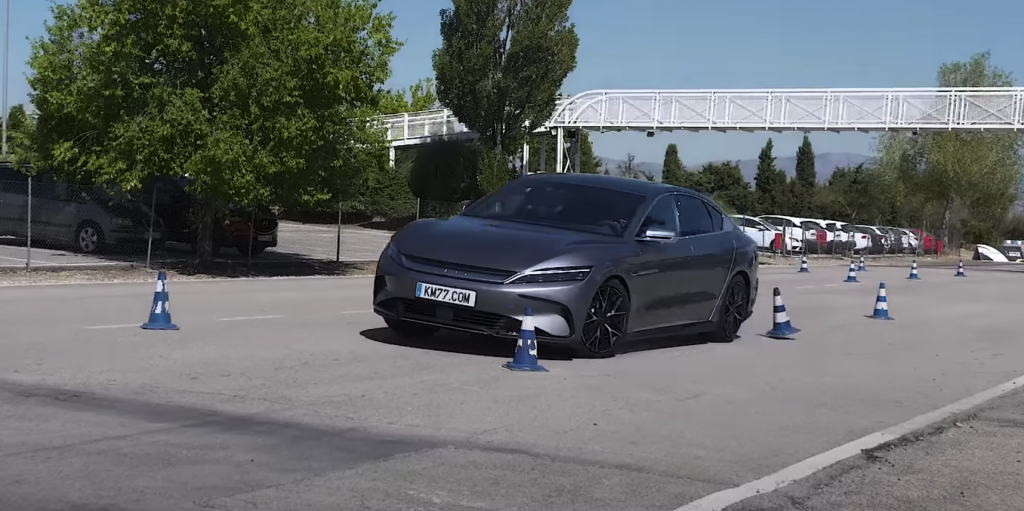
However, at a lower speed of 70km/h, the Han performs much better. It could potentially have fared even better at 74km/h, but observers noted a minor brush with a cone at the entry to the second section.
The moose test outcome might disappoint prospective BYD Han buyers. Comparatively, while the Mercedes EQE 350 sedan also couldn’t pass the 77km/h benchmark, it navigated the course smoothly at a commendable pace of 74km/h. Moreover, the EQE 350 exhibited superior speed and crucially, more predictable behavior in the slalom.

The km77.com testers conclude that while the BYD Han shines in terms of power and luxury, earning praise in these aspects, it falls short of being labeled a “sports sedan.” The car impresses with its power and luxury but may require adjustments in chassis dynamics for a more agile and predictable performance.




